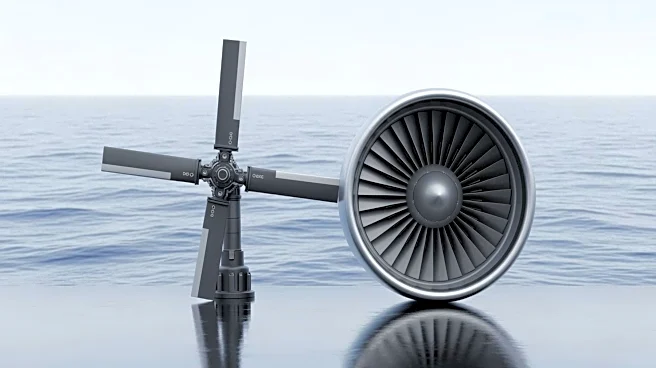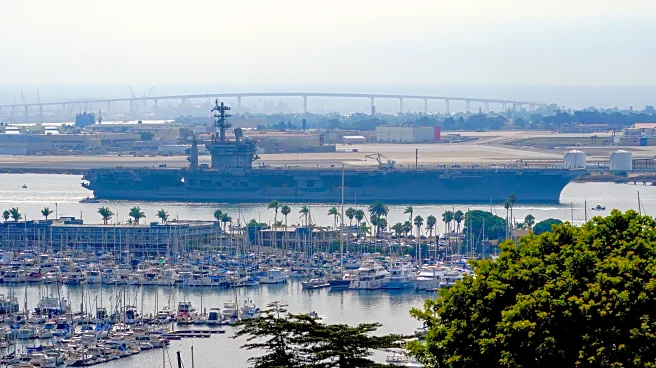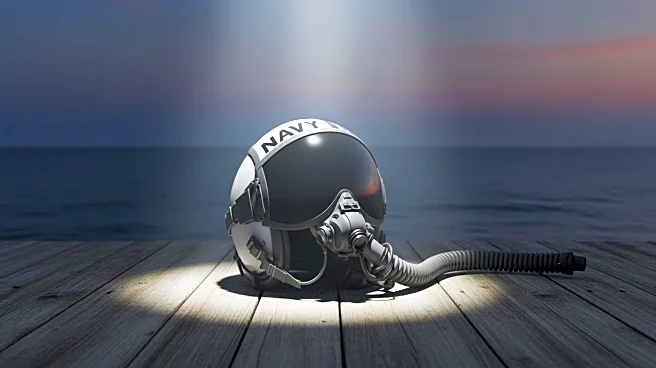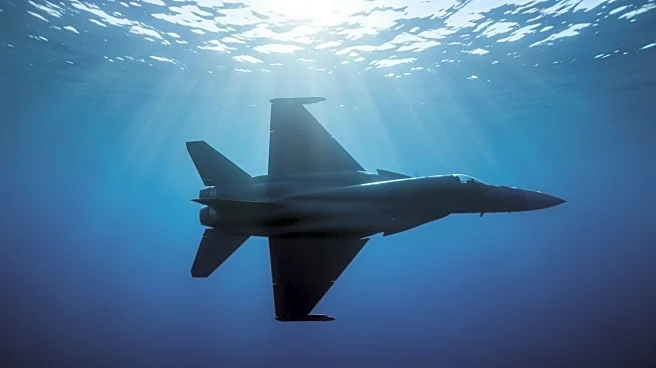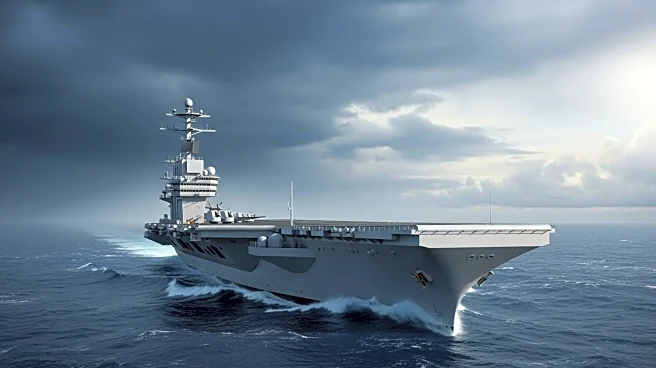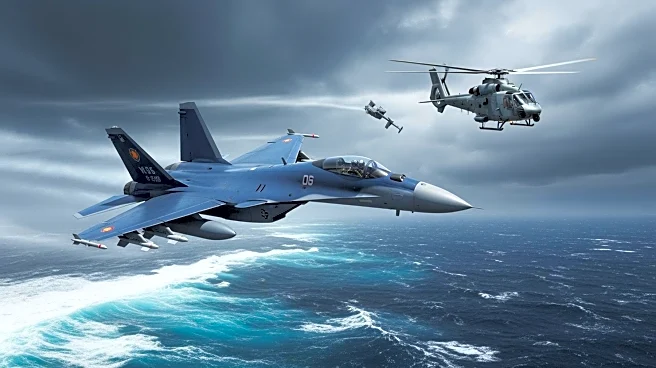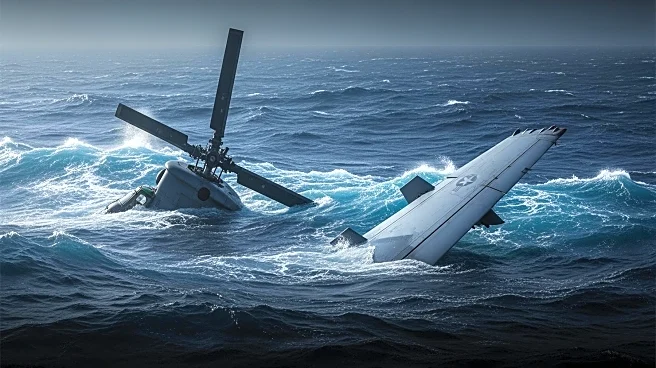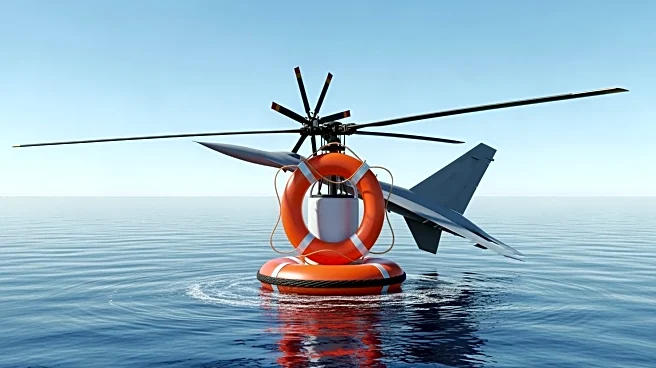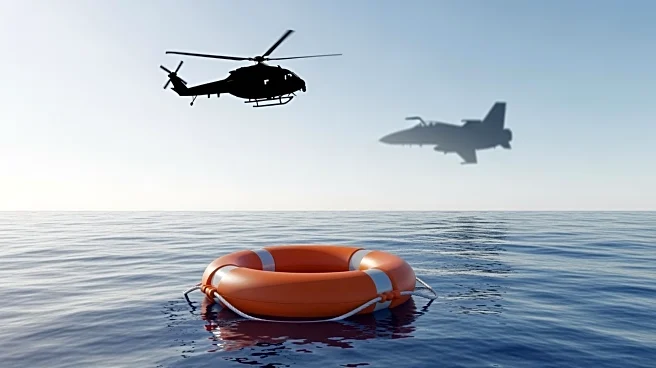What's Happening?
A fighter jet and a helicopter, both based off the aircraft carrier USS Nimitz, crashed into the South China Sea within a span of 30 minutes, according to the Navy’s Pacific Fleet. The incidents involved an MH-60R Sea Hawk helicopter and an F/A-18F Super
Hornet fighter jet. All five crew members from both aircraft were rescued and are reported to be in stable condition. The USS Nimitz, which is returning to its home port at Naval Base Kitsap in Washington state, had been deployed to the Middle East over the summer. The causes of the crashes are currently under investigation, and President Trump has suggested that 'bad fuel' might be a factor, ruling out foul play.
Why It's Important?
The crashes highlight potential operational and safety challenges faced by the U.S. Navy, particularly as the USS Nimitz is on its final deployment before decommissioning. The safe recovery of all crew members is a positive outcome, but the incidents raise questions about maintenance and operational protocols. The Navy's ability to ensure the safety of its personnel and equipment is crucial, especially given the strategic importance of the South China Sea and the Middle East. These events could prompt reviews of safety procedures and fuel quality checks, impacting future naval operations and readiness.
What's Next?
The Navy is conducting investigations to determine the exact causes of the crashes. Depending on the findings, there may be changes in operational protocols or maintenance procedures. The results could also influence the decommissioning process of the USS Nimitz and the deployment strategies of other naval vessels. Stakeholders, including military officials and policymakers, will be closely monitoring the outcomes to address any systemic issues and ensure the safety and effectiveness of future missions.
Beyond the Headlines
These incidents may also have implications for U.S. military strategy in the Asia-Pacific region, where tensions are often high. The ability to maintain a strong and reliable naval presence is critical for U.S. interests in the area. Additionally, the focus on fuel quality and maintenance could lead to broader discussions about resource allocation and technological upgrades within the Navy.


